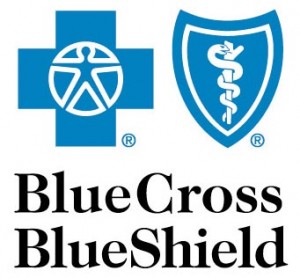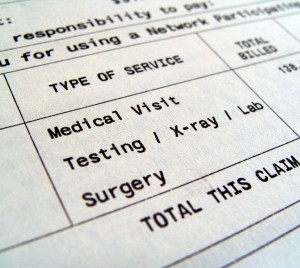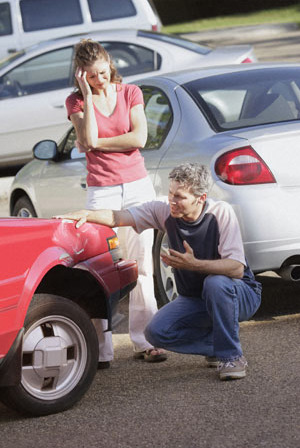Maryland Circuit Courts
 Maryland has one circuit courthouse for each of its 24 counties. These are for civil cases, like automobile accidents, where the plaintiff claims $15,000.01 or more. The plaintiff can file a request for a jury trial. If not, the defendant can file the request. Otherwise, the case will be heard by a judge (called a bench trial). Circuit courts have some significant differences, compared to the Maryland district courts.
Maryland has one circuit courthouse for each of its 24 counties. These are for civil cases, like automobile accidents, where the plaintiff claims $15,000.01 or more. The plaintiff can file a request for a jury trial. If not, the defendant can file the request. Otherwise, the case will be heard by a judge (called a bench trial). Circuit courts have some significant differences, compared to the Maryland district courts.
Discovery
The circuit courts permit expanded discovery compared to the district courts. In the district courts, discovery is typically limited to only 15 written questions per party (called interrogatories). Once exception is small claims cases (valued at $5,000.00 or less), where no discovery is permitted. In the Circuit Courts, litigants can take advantage of:
 Maryland Car Accident Lawyer Blog
Maryland Car Accident Lawyer Blog


 Most personal injury cases in Maryland go through the Maryland District Courts.
Most personal injury cases in Maryland go through the Maryland District Courts. Payment of your medical bills is an important issue in a Maryland automobile collision case. There are a few possibilities:
Payment of your medical bills is an important issue in a Maryland automobile collision case. There are a few possibilities:
 Your auto case value is affected by the courts and counties where you are permitted to file the lawsuit. The reason is that (1) some courts have different limits on the amount of money you can recover; and (2), in general, the decision makers (judges and juries) have attitudes toward personal injury cases that makes them more or less likely to give a favorable verdict.
Your auto case value is affected by the courts and counties where you are permitted to file the lawsuit. The reason is that (1) some courts have different limits on the amount of money you can recover; and (2), in general, the decision makers (judges and juries) have attitudes toward personal injury cases that makes them more or less likely to give a favorable verdict.  We’ve discussed how the strength of your case (liability and negligence) affects your case value, and we’ve discussed how the economic damages, like medical bills and lost wages, impacts your case value. Now we’ll talk about non-economic damages.
We’ve discussed how the strength of your case (liability and negligence) affects your case value, and we’ve discussed how the economic damages, like medical bills and lost wages, impacts your case value. Now we’ll talk about non-economic damages.  Probably the most important factor in determining the value of your Maryland auto accident case is the amount and type of economic damages. Economic damages are, simply put, those things which can be calculated with mathematical precision. This is different from non-economic damages (which we’ll talk about next time), which have no universal method of calculation.
Probably the most important factor in determining the value of your Maryland auto accident case is the amount and type of economic damages. Economic damages are, simply put, those things which can be calculated with mathematical precision. This is different from non-economic damages (which we’ll talk about next time), which have no universal method of calculation.  Two major factors in deciding the value of any automobile accident case are liability and damages. Damages, which we’ll discuss in a later post, include things like medical bills, lost wages, pain, suffering and incapacity.
Two major factors in deciding the value of any automobile accident case are liability and damages. Damages, which we’ll discuss in a later post, include things like medical bills, lost wages, pain, suffering and incapacity.  One question common to all Maryland auto accident victims is “what is my case worth?” It’s a simple question with a complicated answer–so complicated, that we’re going to spend the next seven or so blog posts breaking it down for you.
One question common to all Maryland auto accident victims is “what is my case worth?” It’s a simple question with a complicated answer–so complicated, that we’re going to spend the next seven or so blog posts breaking it down for you.